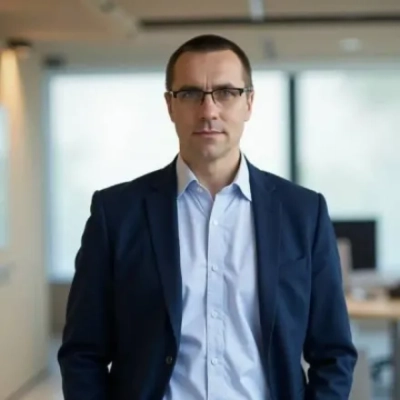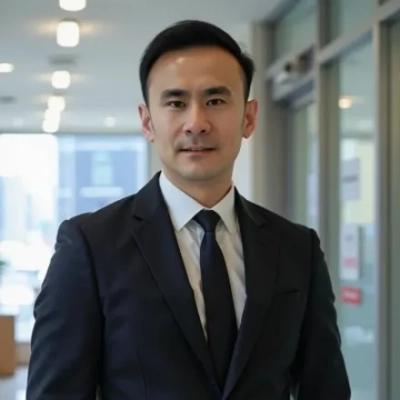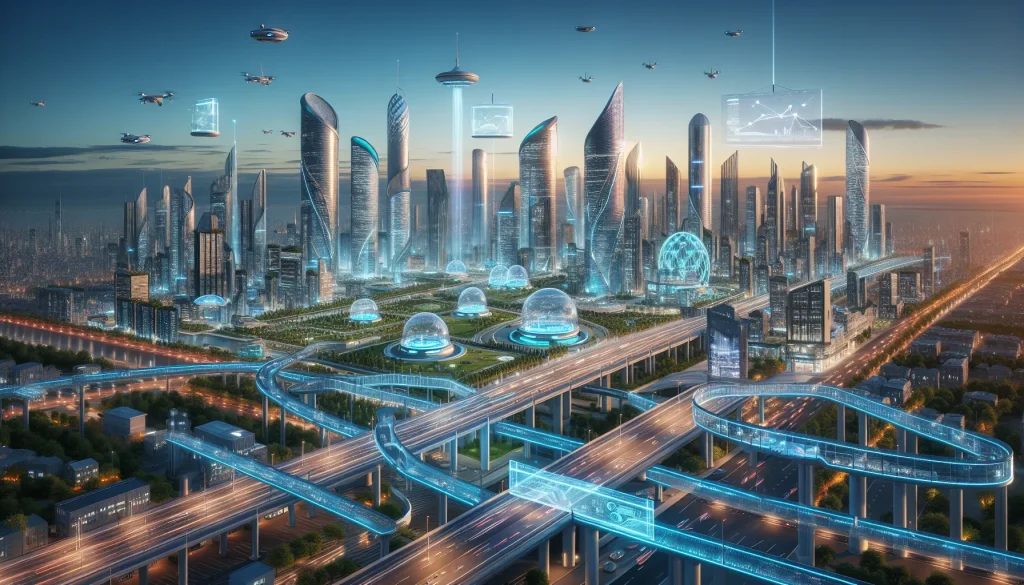Smart infrastructure is reshaping economies worldwide, with real-world examples demonstrating its transformative power. This article explores how innovative technologies and intelligent design are driving economic growth in various sectors. Drawing on insights from industry experts, we’ll examine eight compelling cases that showcase the tangible benefits of smart infrastructure investments.
- Chattanooga Fiber Network Sparks Tech Revolution
- Songdo Smart City Attracts Global Businesses
- AI Traffic System Boosts Local Economy
- Smart Cities Foster Innovation and Investment
- Masdar City Cultivates Cleantech Innovation Hub
- Mexico City Airport Upgrade Fuels Tourism Growth
- Felixstowe Port Automation Drives Regional Prosperity
- Brisbane Port Tech Enhances Skills and Industry
Chattanooga Fiber Network Sparks Tech Revolution
One powerful example of smart infrastructure driving economic development is Chattanooga, Tennessee. By investing in a citywide gigabit-speed fiber network—one of the first in the U.S.—Chattanooga transformed from a declining manufacturing hub into a magnet for tech startups and remote workers. This smart grid not only enhanced energy efficiency but also positioned the city as a digital leader, creating jobs in IT, customer support, and green tech sectors. Small businesses flourished, and the local economy diversified in ways that wouldn’t have been possible without that foundational infrastructure.
Smart infrastructure doesn’t just modernize cities—it unlocks entirely new economic ecosystems.
 Marin Cristian-Ovidiu
Marin Cristian-Ovidiu
CEO, Online Games
Songdo Smart City Attracts Global Businesses
One compelling example of smart infrastructure promoting economic development is the Songdo International Business District in South Korea. Designed as a smart city from the ground up, Songdo integrates cutting-edge technologies—such as real-time traffic monitoring, energy-efficient buildings, and an extensive fiber-optic network—to create a highly efficient urban environment. This smart infrastructure attracted multinational corporations and startups alike, offering a tech-forward hub with low operational costs and high livability.
The economic ripple effects have been substantial: it boosted local employment, increased foreign direct investment, and sparked growth in real estate and services. Songdo also became a testing ground for smart city technologies, attracting innovation-focused partnerships and academic research.
This case shows that when governments invest in digital infrastructure aligned with sustainability and livability, it can foster business ecosystems that thrive—especially in a global economy prioritizing connectivity and efficiency.
 Xin Zhang
Xin Zhang
Marketing Director, Guyker
AI Traffic System Boosts Local Economy
A great example of how smart infrastructure promoted economic development was a project I worked on in a mid-sized city that implemented smart traffic systems. The project installed sensors and AI to optimize traffic flow, reducing congestion and travel time. As a result, businesses located near major highways saw an increase in customer visits due to smoother traffic patterns. Additionally, the city attracted new companies looking for efficient logistics, boosting local job creation. One specific outcome was the opening of a logistics hub by a national company, which brought in hundreds of new jobs and revitalized an underdeveloped industrial area. This smart infrastructure project not only improved daily life but also enhanced the region’s appeal to investors, creating long-term economic growth by addressing transportation bottlenecks and improving access to key areas.
 Nikita Sherbina
Nikita Sherbina
Co-Founder & CEO, AIScreen
Smart Cities Foster Innovation and Investment
A notable example is the development of the Songdo International Business District in South Korea, a smart infrastructure project designed as a high-tech, sustainable city. By integrating IoT, smart transportation, and energy-efficient systems, Songdo attracted global businesses, startups, and residents seeking cutting-edge amenities. This infrastructure boosted economic development by creating jobs in tech, construction, and services, while fostering innovation hubs that supported entrepreneurship and foreign investment. Additionally, improved connectivity and quality of life attracted talent and businesses, creating a virtuous cycle of growth. Such projects demonstrate how smart infrastructure can transform regions by enhancing competitiveness, creating diverse opportunities, and supporting sustainable economic ecosystems.
 Amir Husen
Amir Husen
Content Writer, SEO Specialist & Associate, ICS Legal
Masdar City Cultivates Cleantech Innovation Hub
While I was living in Abu Dhabi, I saw first-hand how the development of Masdar City, the highly anticipated smart eco-city, became more than just a sustainability showpiece — it had also become an attractive investment opportunity. It wasn’t just a matter of solar panels and driverless cars; it was a carefully constructed hub designed to attract talent, innovation, and capital.
The city provided targeted tax breaks, incubators, and research partnerships that helped cleantech startups gain a foothold in a region long dominated by oil. That decision alone attracted global companies, including Siemens and GE, in a veritable cascade, sending ripples through the high-skilled labor market and creating a fledgling knowledge economy.
If you’re seeking to replicate that sort of impact in your own corner of the world or local market, the takeaway is clear: smart infrastructure needs to be built with COMPOUNDED INCENTIVES and a long view on ecosystem-building. Just going high-tech is NOT ENOUGH — you need to align your infrastructure with a strategy that leads to one company planting seeds of opportunity throughout the entire ecosystem for local entrepreneurs and global players.
 Nikolay Petrov
Nikolay Petrov
Chief Technology Officer | Founder, ZontSound
Mexico City Airport Upgrade Fuels Tourism Growth
My private chauffeur company experienced a 38% increase in airport transfer bookings in the first three months after a new terminal opened at Mexico City International Airport.
Prior to that terminal being located there, many of my clients would complain about long immigration lines, delayed pickups, or missed connections due to all the bottlenecks in the infrastructure. But once Terminal 1 implemented some smart upgrades with biometric screening, real-time luggage tracking, and improved arrival flows, the difference was instantaneous. The client experience was not only improved for us but also welcomed a different type of client—the foreign investor arriving in shorter time frames and looking for a red carpet from the runway to the hotel.
That “smart” airport investment did not just bring people to arrive faster; it brought money. Hotels in Polanco and Reforma started seeing longer average stays. Private clinics and upscale restaurants reported a significant increase in weekday traffic. I even had to hire two new bilingual chauffeurs to keep up with the growth of executive transport. One of them said to me, “I used to do rideshare; now I have a career.”
When infrastructure is done right, it is opportunity in motion. It starts creating ripples through tourism, jobs, and trust. And in our case, it also redefined what premium service means in Mexico City.
 Martin Weidemann
Martin Weidemann
Owner, Mexico-City-Private-Driver.com
Felixstowe Port Automation Drives Regional Prosperity
An excellent example of a smart infrastructure project that facilitates economic growth can be observed in the construction of the Port of Felixstowe in the UK. The port has introduced the latest automation and digital tracking systems that have greatly enhanced efficiency and handling capacity. The combination of real-time data analytics has enabled the port to handle an increased amount of goods without increasing the physical area. This decrease in the cost of operations was essential to the local businesses which depend on timely imports and exports.
Consequently, the project was not only able to improve logistics but also had a ripple effect on the region. The number of local jobs soared as there was a need for skilled labor in the fields of IT, data analysis, and logistics management. Moreover, the increased economic activity helped the regional suppliers of materials and services. This infrastructure not only enhanced the competitive advantage of the UK in international trade but also created a sustained stimulus to the local economy through innovation, foreign investment, and an increase in the local labor force. It demonstrated how intelligent infrastructure could be used as the driver of widespread economic development.
 Hugh Dixon
Hugh Dixon
Marketing Manager, PSS International Removals
Brisbane Port Tech Enhances Skills and Industry
A smart infrastructure project that stands out is the development of the Port of Brisbane’s automated container terminal. This project involved the integration of advanced technology, such as automated cranes and data analytics, to streamline the port’s operations. The result was a more efficient and reliable process, reducing container handling time by 25% and cutting operational costs by nearly 15%. The flow-on effect on the local economy was profound, as it not only improved the port’s competitiveness but also attracted new international shipping routes.
The real opportunity created was in the job market and the broader business environment. While automation reduced the need for manual labor in some areas, it spurred demand for highly skilled workers in IT, data science, and automation technologies. This led to the establishment of new training programs, with a 30% increase in local enrolments for logistics-related certifications. The project also attracted more businesses to the region, contributing to the growth of local industries such as manufacturing, retail, and logistics, which benefited from the faster, more reliable port services.
 Allan Hou
Allan Hou
Sales Director, TSL Australia







